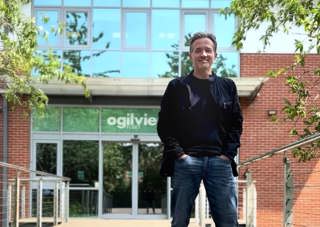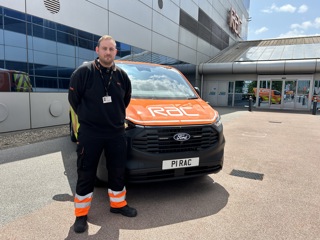Author: Paul Whitelam, vice president of product marketing at ClickSoftware
Customers don’t like to wait around for an engineer to arrive – fact. It’s a constant source of frustration to be told someone will be with them ‘between 10am and 3pm’, as this often means a full day of work is missed or previous social engagements get shelved. Yet many field service providers still offer ‘windows’ of up to 8 hours for their goods or services to arrive. To improve their customer satisfaction, and seize a competitive edge in the industry, field service providers need to find new ways to reduce the waiting times for customers. When they close their windows, providers will open a door to increased revenue and reputation.
In an ideal situation, customers would receive an hour-specific time that their delivery or engineer will arrive, and so it would come to pass. However, unplanned occurrences, perhaps due to traffic, employee sickness, or communication breakdown, can stretch the timeslot. This leads to displeased customers and engineers that rush jobs because they’re late. To tackle these barriers, here are three steps field service providers can take:
Location insight
If a field service provider knows exactly where an engineer will be over the working day, then they can provide a specific—and short—time slot to a customer. However, many field service providers just don’t have the technology needed to accurately track their employees, and consequently cannot offer shorter slots. By imbedding GPS systems into engineers’ vans, and precisely planning engineers’ job locations, field service providers can see where their engineers will be and can offer highly accurate predicted arrival times, for happier customers.
Route mapping technology
Alongside knowing where engineers are, investing in route mapping technology ensures that engineers can get to their next job via the best route. This not only speeds up the engineers’ travel, but can also let the customer know exactly when they are going to arrive. Engineers will be able to see the real-time traffic between their two job destinations, and can avoid congested routes. By combining location insight and route mapping technology, field service providers can reduce the time that engineers spend travelling and can make timeslot predictions increasingly precise.
Automating dispatchers
Traditional methods of sending the right engineer to the right job centered on a dispatcher back at base keeping tabs on workers’ locations and the status of different tasks as they came in. Now, increasingly smart software makes the dispatcher’s job a whole lot easier; not only does it automatically match technicians with the best job for them in terms of skill set and distance from source, but it learns as it goes. This leads to an increasingly optimised service for consumers, as machine learning guarantees that engineers will have the right skill set for the job in hand. Smart software means engineers can deliver smart solutions as quickly as possible.
In an industry where extensive waiting times have become an irritating norm, the introduction of innovative technologies into field service means providers can make the most of their engineer’s time and shorten waiting times for customers. Field service providers can consequently improve the customer experience while saving money, boosting both customer and employee satisfaction. It’s truly a great opportunity to close a window, and open a door



















Login to comment
Comments
No comments have been made yet.